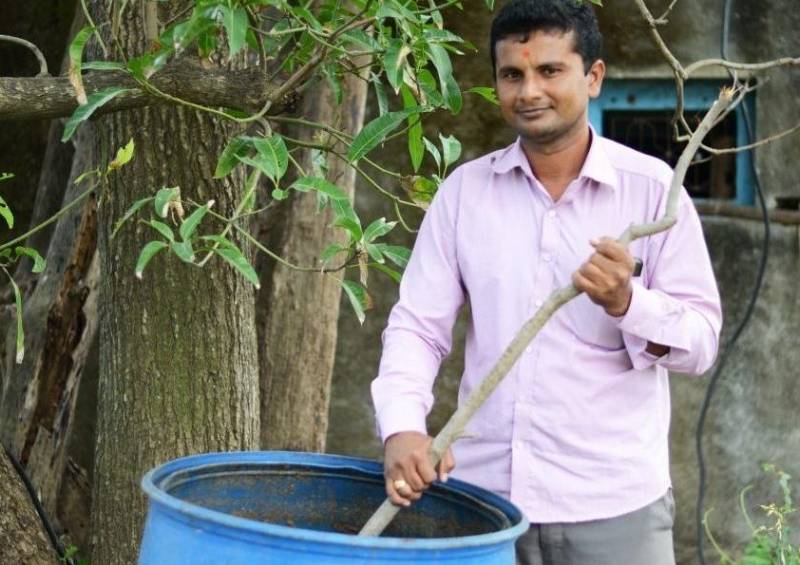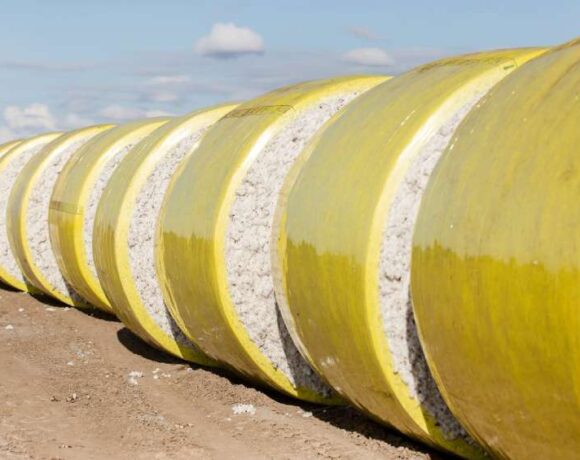Better Cotton India Program Substantially Cuts Pesticides Use

Better Cotton’s India Program cut highly hazardous pesticides use from 64 percent to 10 percent between the 2014-15 and 2021-22 cotton seasons.
Indian farmers who used Monocrotophos, a pesticide classed as highly toxic by the World Health Organisation dropped from 41 percent to just 2 percent.
Now a coalition made up of Better Cotton, Fairtrade and Rainforest Alliance and others have urged various governments to kick start global phase-out of highly hazardous pesticides.
The call was made ahead of the 5th International Conference on Chemicals Management’s set to take place in Bonn, Germany from September 25-29.
Better Cotton said exposure to highly hazardous pesticides (HHPs) has been linked to severe health conditions.
Better Cotton and its partners in the Integrated Pest Management (IPM) Coalition have issued a position paper demanding a global phase-out of HHPs across agricultural supply chains.
The coalition which also includes Fairtrade, Rainforest Alliance, the Sustainable Agriculture Network (SAN), and the Forest Stewardship Council (FSC) has outlined actions to reduce HHPs in agriculture.
These include committing to the global phase-out of HHPs through coordinated and time-bound actions and supporting agricultural producers in their efforts to transition to sustainable agriculture practices.
Better Cotton said this can be achieved by adopting agroecology and IPM, aimed at minimising or excluding hazardous pesticide use, by providing enabling policy frameworks and funding.
Actions also include investing in research and innovation to develop and promote safer alternatives to HHPs, ensuring they are affordable and accessible to farmers worldwide.
Promoting awareness, education programmes, and trainings to support farmers to adopt IPM practices and make informed pest control choices.
Collaborating with governments, industry, and civil society to prevent subsidies for HHPs, and strengthen regulatory frameworks and enforcement mechanisms to ensure an effective HHP phase-out.














